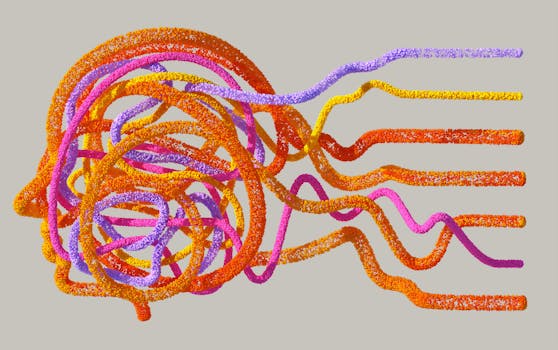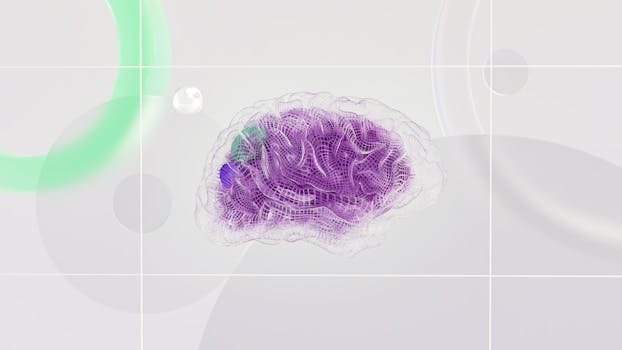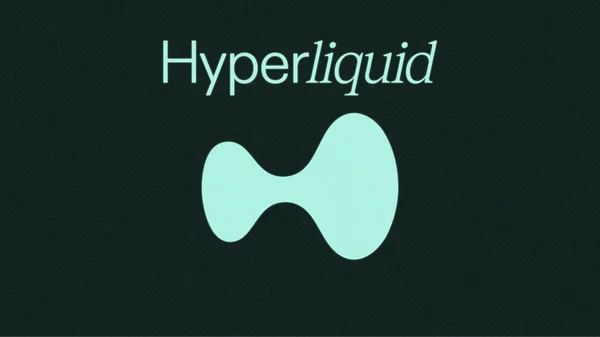
Understanding Creativity and Contrast

Creativity thrives in contrast, a concept that may seem paradoxical at first. At its core, creativity involves generating new ideas, solutions, or expressions, while contrast refers to the juxtaposition of differing elements. This interplay between difference and similarity is where innovation often flourishes.
The Role of Contrast in Art

In the world of art, contrast is a vital element that enhances visual interest and emotional impact. Artists utilize contrasting colors, shapes, and textures to create depth and provoke thought. For instance, the use of light and shadow in painting can evoke feelings of drama or tranquility, depending on their application.
Contrast in Literature and Storytelling

Literature is another domain where contrast plays a significant role. Writers create tension and engagement through the juxtaposition of characters, settings, and themes. The classic battle between good and evil, or the contrasting perspectives of different characters, drives narratives forward and captivates readers.
Innovation in Business Through Diverse Perspectives

In business, fostering a culture that embraces diverse perspectives can lead to remarkable innovations. Companies that encourage contrasting ideas and viewpoints create an environment ripe for creative solutions. The clash of ideas can spark new approaches to problem-solving, driving progress and growth.
Takeaways

1. Embracing contrasts can enhance creativity across different fields. 2. Artists use contrast to evoke emotion and depth in their work. 3. Literature leverages contrasting elements to create engaging narratives. 4. Businesses benefit from diverse perspectives that challenge conventional thinking.
Conclusion

In conclusion, creativity thrives in contrast. Whether in art, literature, or business, the interplay between opposing elements can lead to profound insights and innovations. By embracing this concept, we can unlock our creative potential and foster an environment conducive to groundbreaking ideas.





